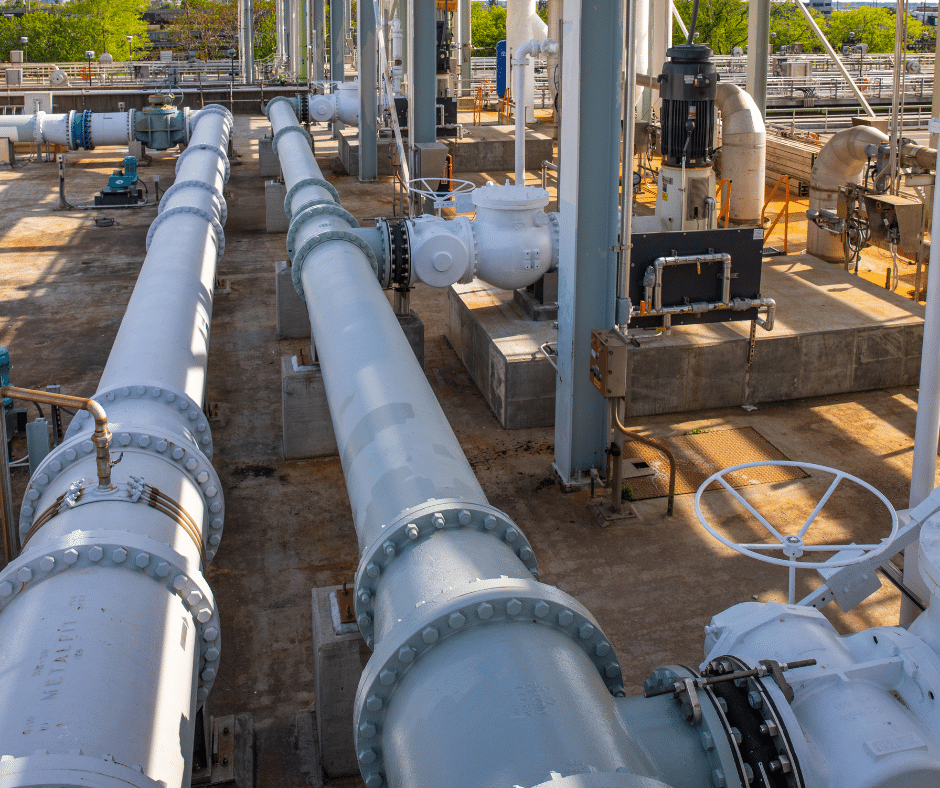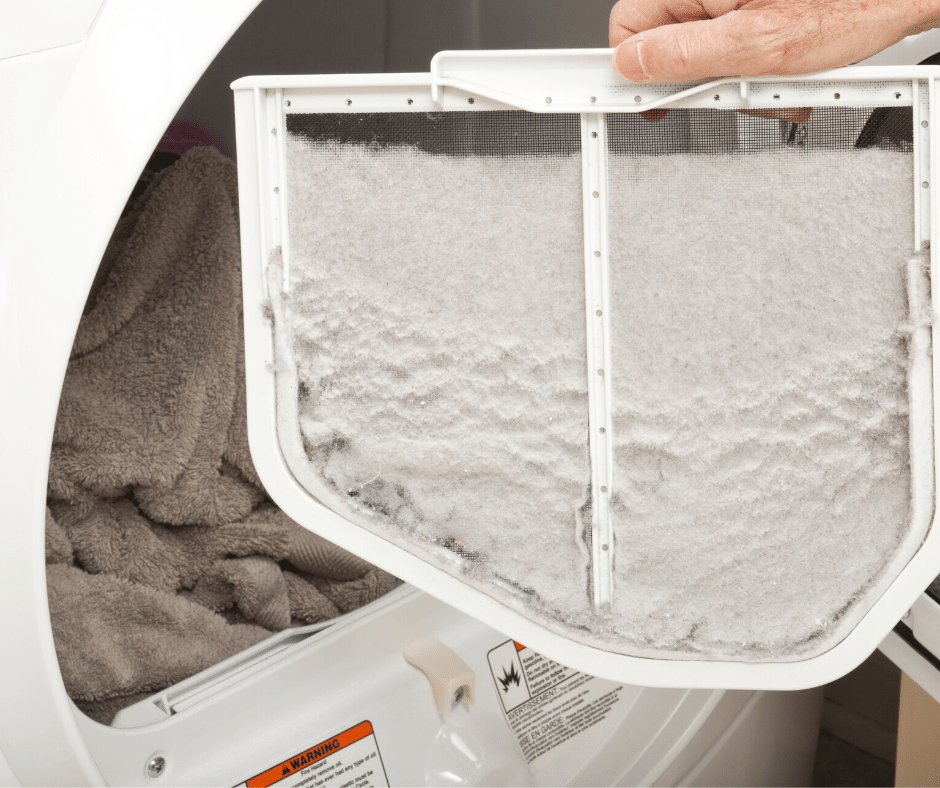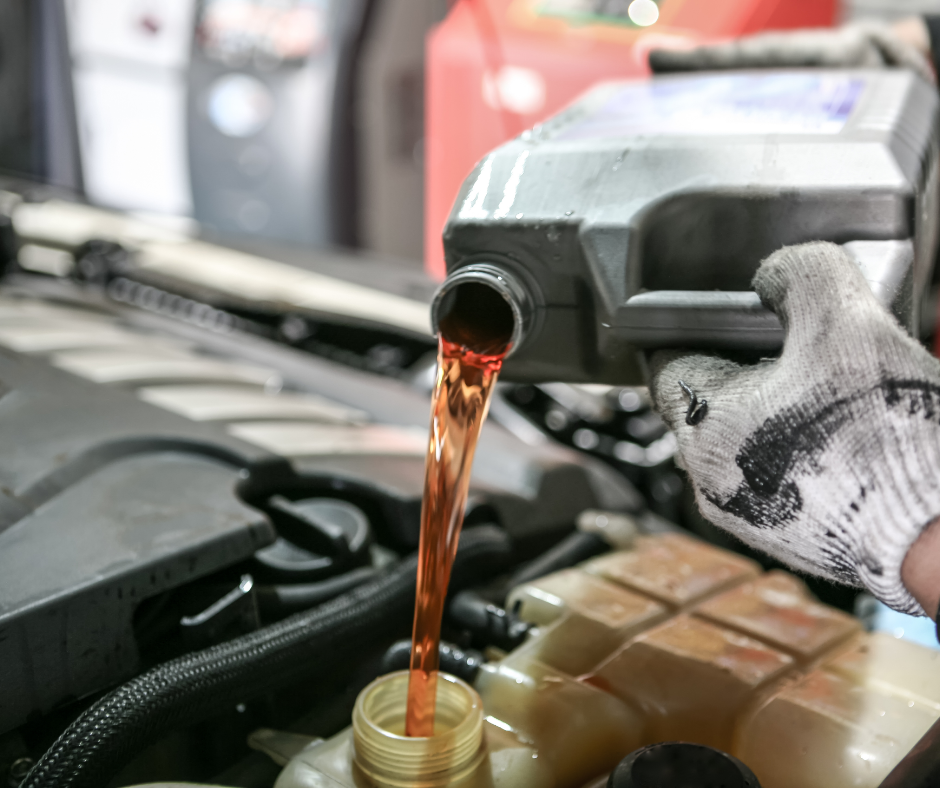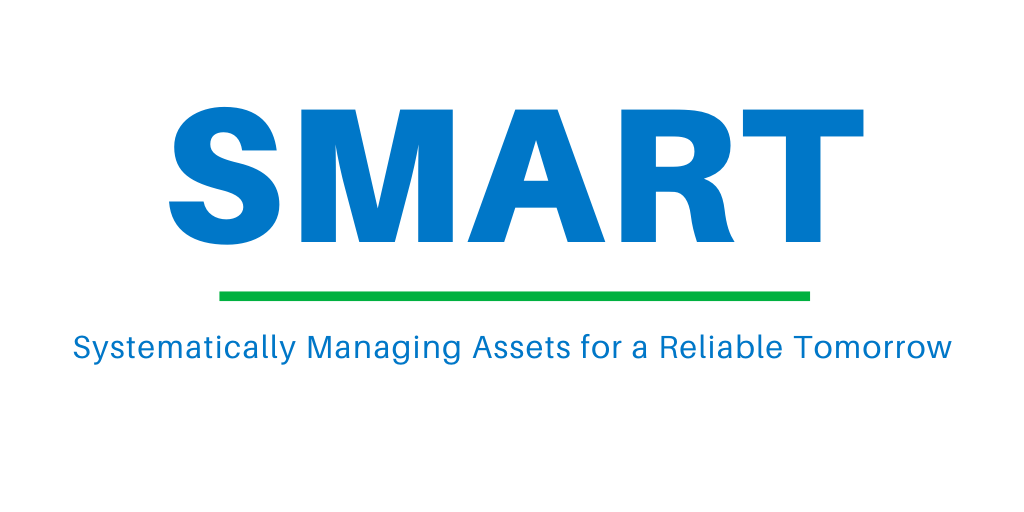Published on September 14, 2020
HRSD’s mission is to protect public health and the waters of Hampton Roads by treating wastewater effectively. To accomplish this mission, HRSD invests a significant amount of money in building and maintaining the infrastructure needed to move the wastewater from your homes and businesses to the wastewater treatment plants where sophisticated technologies are used to separate the solids from the liquids and disinfect the water before discharging it back to our precious waterways.
Just like the aging roads and bridges that require maintenance and renewal, HRSD’s infrastructure assets are not getting any younger and need the tender, love, and care to operate safely and reliably.
So how often should we maintain and replace this infrastructure? Is Asset Management the answer? What is Asset Management anyway?

What does Asset Management mean?
Asset Management is an industry buzz word, but what does it mean? Simply put, it is the systems and processes we use to plan, design, construct, operate, maintain, expand, and decommission our physical equipment and facilities (assets). The act of Asset Management is not new - every company develops systems and processes to manage their assets from the day the assets are installed.
So then why is it now a buzz word? Many companies, including HRSD, are looking at ways to use newly available data management, condition assessment and visualization tools to manage assets more efficiently. When you consider the life of a facility, approximately 20% of its cost goes into the construction of that facility while 80% of the cost is in operating and maintaining it, so it seems crazy NOT to look into new tools to manage assets more efficiently.
With the new tools now available, we can now more easily understand risk and cost impacts as we consider management changes to our assets. A typical management change we may consider is how often we should perform routine maintenance. We are now able to make maintenance recommendations considering the cost associated with that maintenance and the impacts (or risk) of reducing maintenance.
Asset Management is like cleaning the lint from a dryer…

Let me explain with examples…When you purchase a dryer, you probably regularly clean out the lint tray and dryer duct, but I doubt you are regularly taking it apart to check the belt. This is because you have weighed the cost in time and money to perform these maintenance functions against the risk of not doing them. It costs almost nothing in time and money to clean the lint tray. Considering the risk of not doing it and the potential of your house catching fire, this is a maintenance function you may consider essential.
On the other hand, taking apart your dryer to check the belt is very time consuming, and costly (if you don’t do it yourself), and the worst that can happen if you don’t perform this maintenance function is that your dryer belt breaks and you can’t use your dryer until you replace that belt. While inconvenient, the risk is not worth the time and money to prevent it.
Asset Management is like the maintenance on a car…

Now, let’s use another example to demonstrate how your maintenance strategy might change over time based on condition – like your car, for example. When you buy a new car, you are probably going to be following all the recommended maintenance because the time and cost is worth it considering the risk is losing your warranty.
Once your warranty period is over, and if your car is performing well, you may back off on some of the recommended maintenance (maybe extend the time a little between oil changes and routine inspections). You consider there is a low risk of any harm, as the car is in good condition. Then, years later as the car has seen many miles and years, you aren’t as confident of the car’s ability to handle too much more wear and tear, and the risk of breaking down on the highway warrants more attention to the car, so you might increase some maintenance functions (lessen the time between oil changes and performing routine maintenance).
Making the right investment at the right time
Now, let’s take it to another level…What if you wanted to develop a plan that goes out 30 years into the future and shows you which of your personal assets you will need to replace and the cost to replace them? What if that plan was easily updated as you change the maintenance strategies on your assets?
This ability to know and analyze the risks, costs, and expected need for replacement is what HRSD is striving for with its more than 65,000 assets. HRSD’s vision with regard to asset management is “Making the Right Investment at the Right Time.” But in order for HRSD to accomplish this on a large scale (approximately $5 billion worth of assets), we need to develop and implement a program incorporating data management and visualization tools, and we need to train our staff how to make decisions and change management strategies using these tools.
This program at HRSD is called SMART – Systematically Managing Assets for a Reliable Tomorrow.

HRSD embarked on SMART in 2017 and we are deep into development of this program. As we roll out new tools and procedures associated with the program, we train staff and start using them. We expect to be complete with development and implementing a significant portion of the program by 2021.
Written by:Christene Mitchell, HRSD Condition Assessment Manager